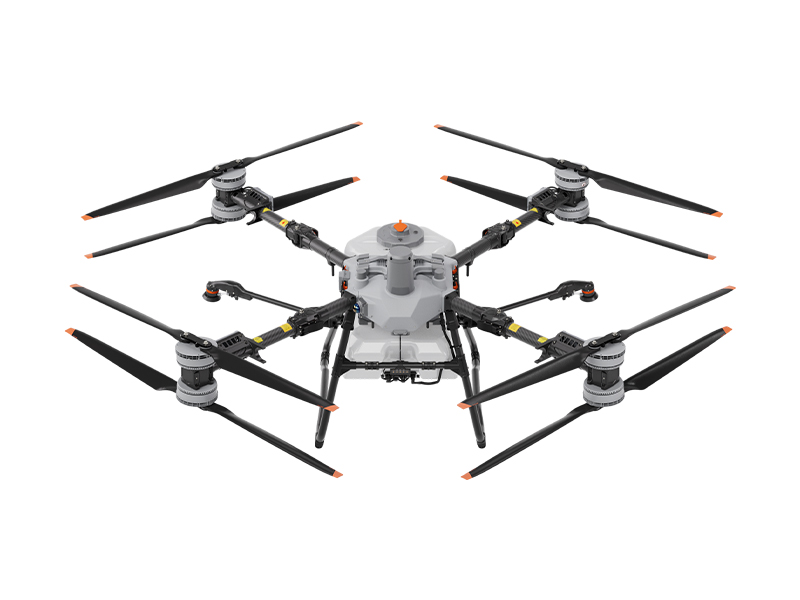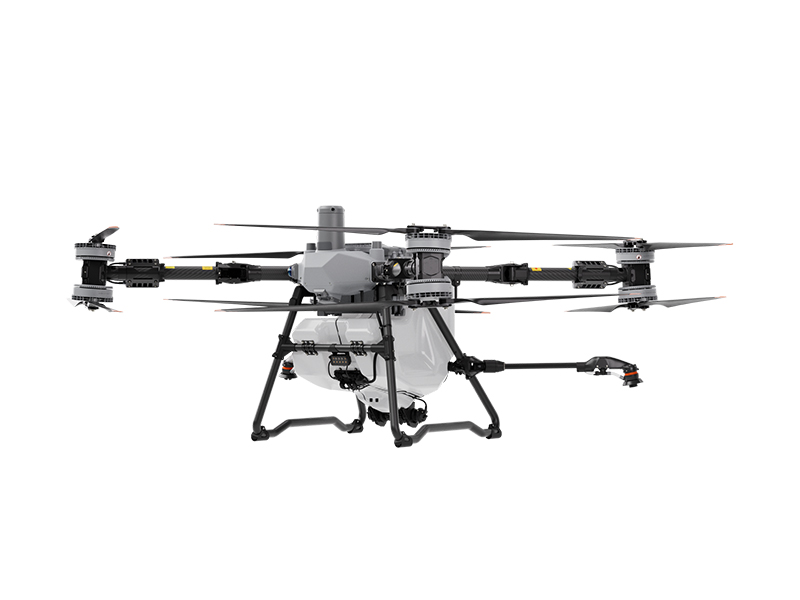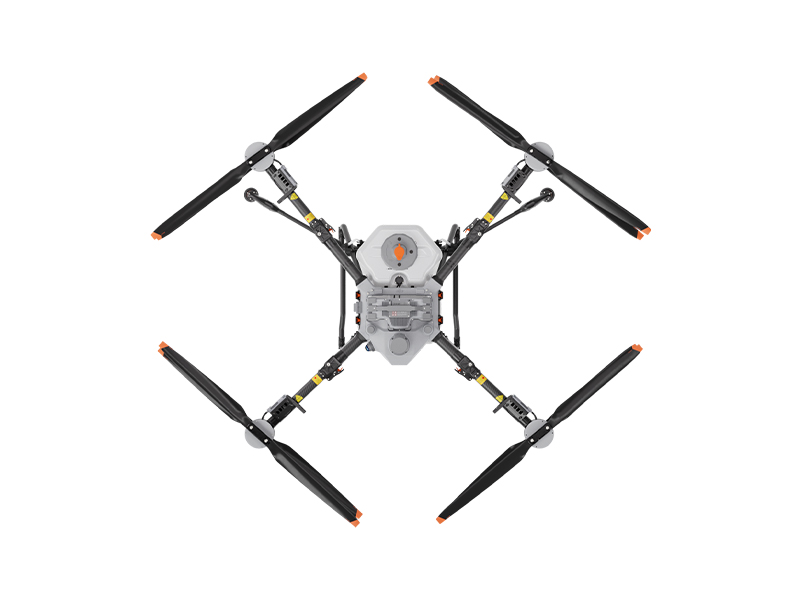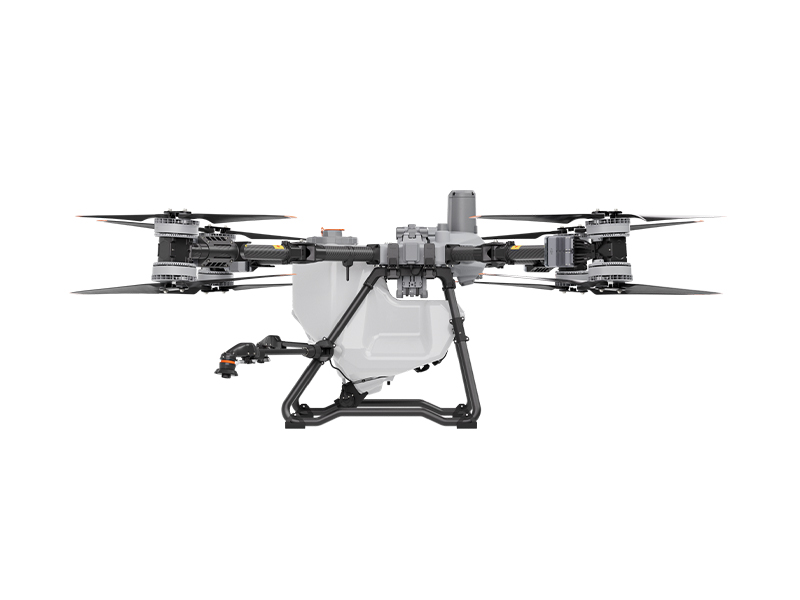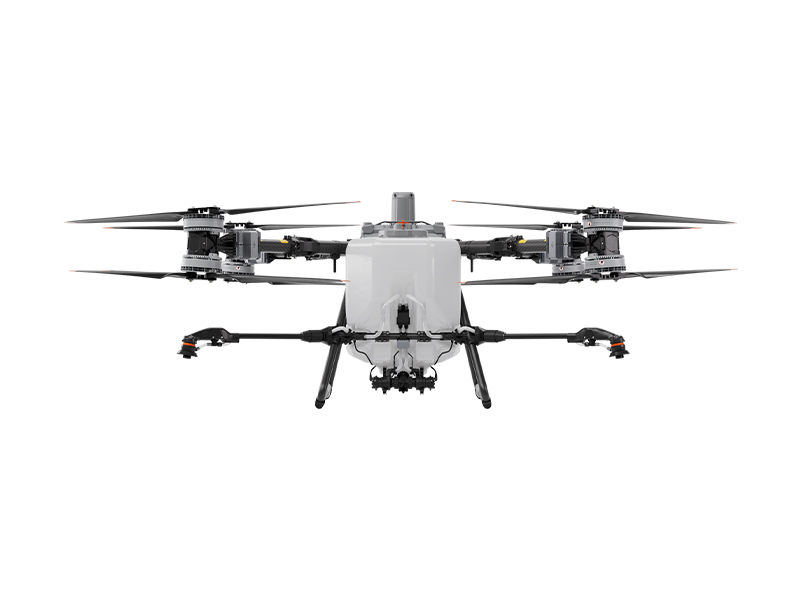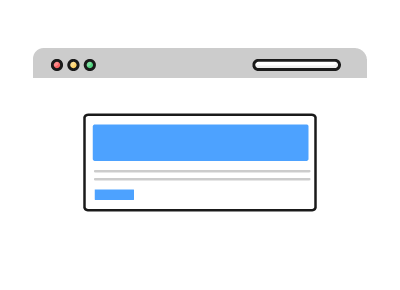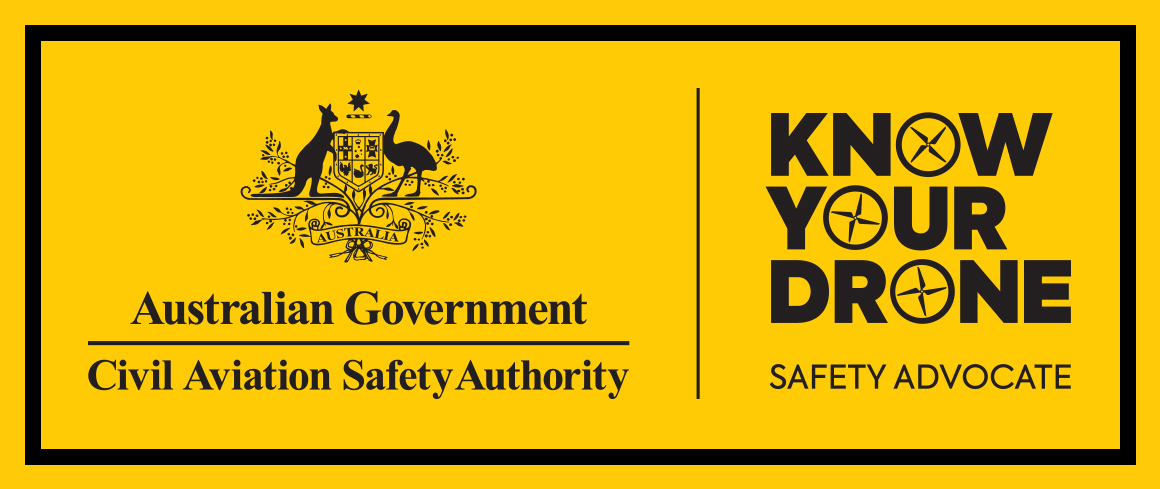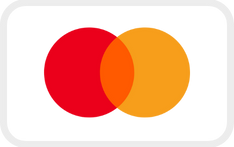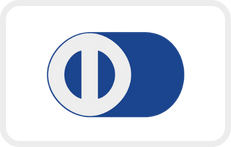Big Drone, Big Jobs.
The DJI AGRAS T100 is DJI’s most powerful agricultural drone, built for large-scale operations with a 100 kg payload, 100 L spray tank, and 150 L spreader for maximum productivity.
Packed with advanced obstacle sensing, LiDAR mapping, and AR navigation, the T100 handles complex terrain with precision and safety while delivering reliable, efficient performance across spraying, spreading, and lifting missions.
Precision Spraying, At Scale
Sporting a whopping 100 L spraying tank, AGRAS T100 accommodates some of the most efficient agricultural drone practices to date. Accompanied by a set of powerful dual atomising centrifugal sprinklers, enabling wide spray coverage at high speeds, this modern day workhorse is redefining efficiency for large-scale field operations.
Supercharged Spreading
With double the capacity of its predecessor, and an impressive 270% increase in flow rate, the T100 Spreading System has been engineered for pure efficiency and versatility.
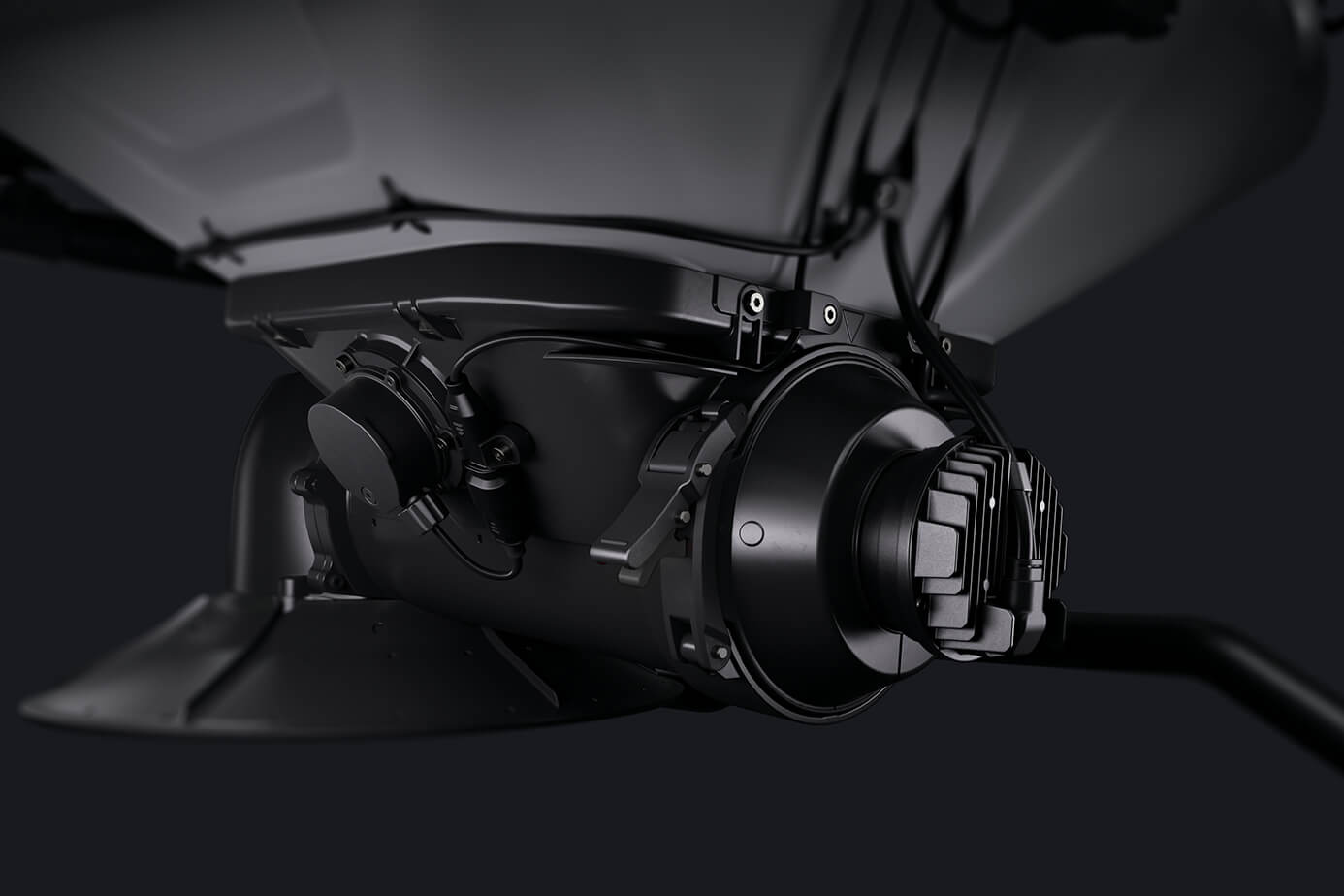







Safe As Houses
Built to be relied on, the T100 comes equipped with DJI’s most advanced sensing system yet, the T100 features 360° obstacle detection,LiDAR, millimeter-wave radar, and a Penta-Vision system with AR overlays, detecting and avoiding obstacles in all directions. Whether you’re navigating trees, hills, or irrigation channels, your drone will see it before you do.
Obstacle Sensing
Obstacle Type Detection:After identifying an obstacle type, whether it be a power line, building or pole, T100 intelligently selects the optimal path, ensuring smooth and seamless bypassing around the hazard.
Auto Obstacle Position Memory:T100 can automatically remember obstacle locations on routine paths. With the click of a button, an obstacle can be saved, enhancing safety and efficiency on subsequent flights.
Mappless Terrain Following:Terrain Following of slopes up to 90° without prior mapping, perfect for operating in mountainous areas with precision.
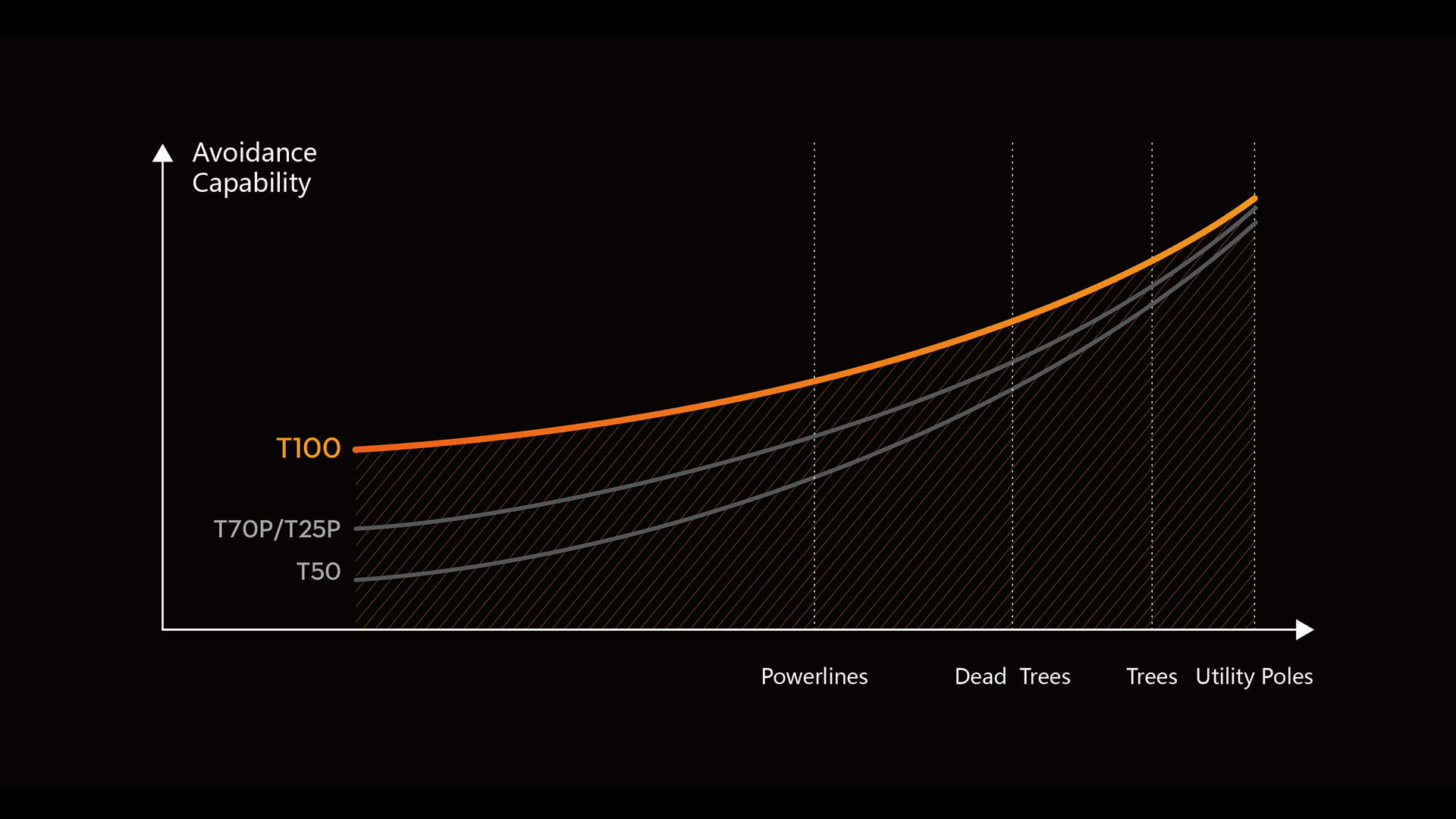
AR Safety Assistance
Power to Perform
The T100 doubles as a heavy-lift transport drone, capable of carrying up to 100 kg for applications like hauling seedlings, solar panels, building supplies or fruit.
Auto Balance Control
Utilizing a triaxial force sensor, the drone can automatically adjust its posture during flight to eliminate swinging, ensuring safer operations.
Live Load Weight Monitoring
A triaxial force sensor provides real-time weight monitoring to prevent overloading and ensure operational safety.
Auto Flight to Load & Unload Zones
Operators can use their mobile phones, in conjunction with the RTK module, to add load and unload points, which are then synced to the remote controller. Pilots can quickly locate destinations using AR projection on the controller.
Smarter Flight, Smoother Operation
Pre-plan your routes, map your fields, and let the T100 handle the rest. Its intelligent flight system uses real-time LiDAR mapping, RTK-level positioning, and DJI Agras app integration to execute flights with pinpoint precision.
Control in Your Hands
Efficiency is at your fingertips with the DJI RC Plus, a rugged 8-core smart controller with a 7-inch ultra-bright screen, intuitive controls, and full integration with DJI’s agriculture software.
Reliable Connection, Always
With O4 Transmission, the T100 offers stable, high-bandwidth communication even across long distances and complex terrains.
Extensive range Real-time HD video feed Low latency control, even in signal-challenging areas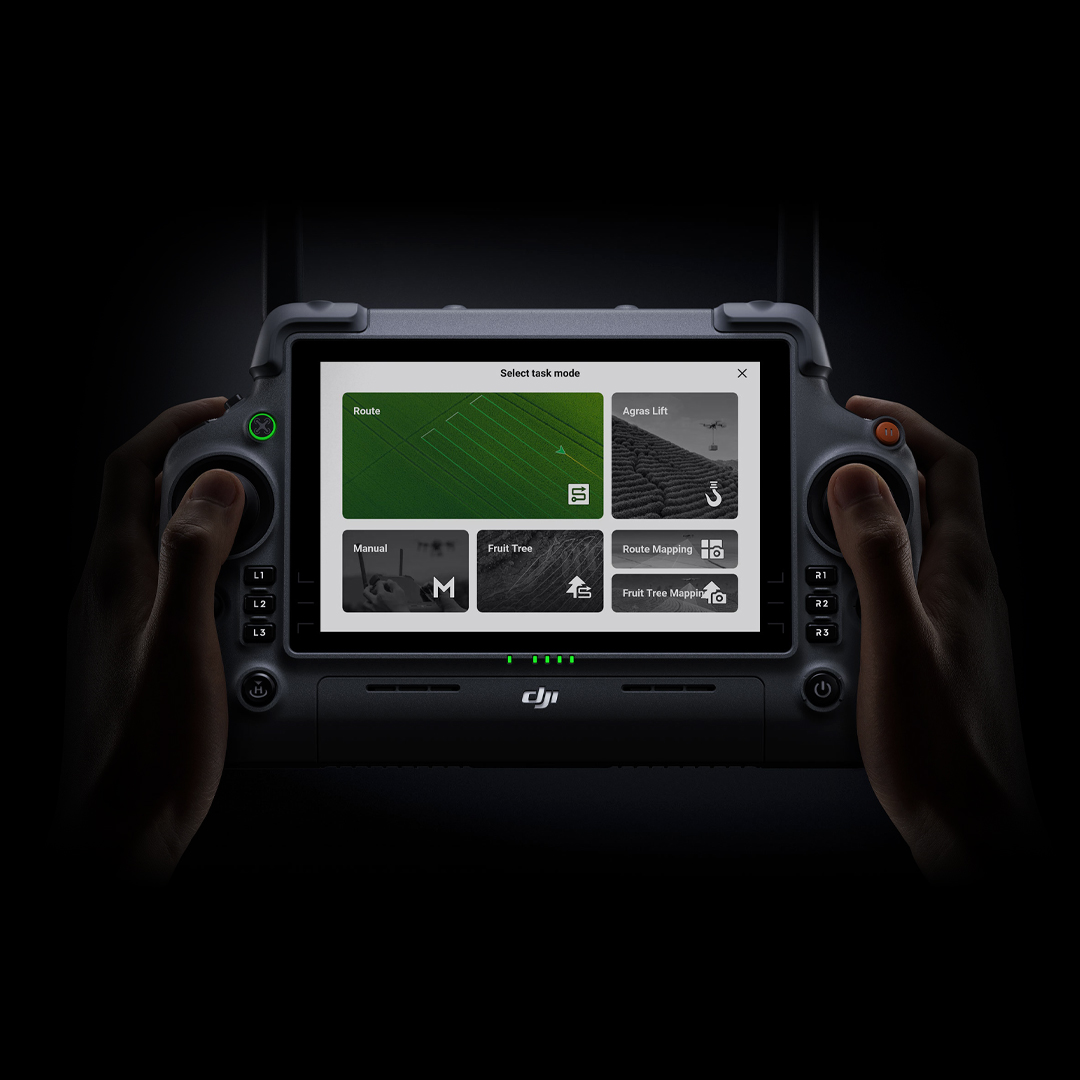

DB2160 Intelligent Flight Battery
41 Ah capacity 500 A high-output connector Ergonomic design, 14.7 kg Safe, stable energy under pressureThe DB2160 Intelligent Flight Battery delivers more power with less weight, engineered for fast turnarounds and long-term reliability. Its triple-channel air cooling system keeps temps in check, even mid-flight, while offering rapid charging, high current output, and up to 1,500 charge cycles under warranty.
Enterprise Applications
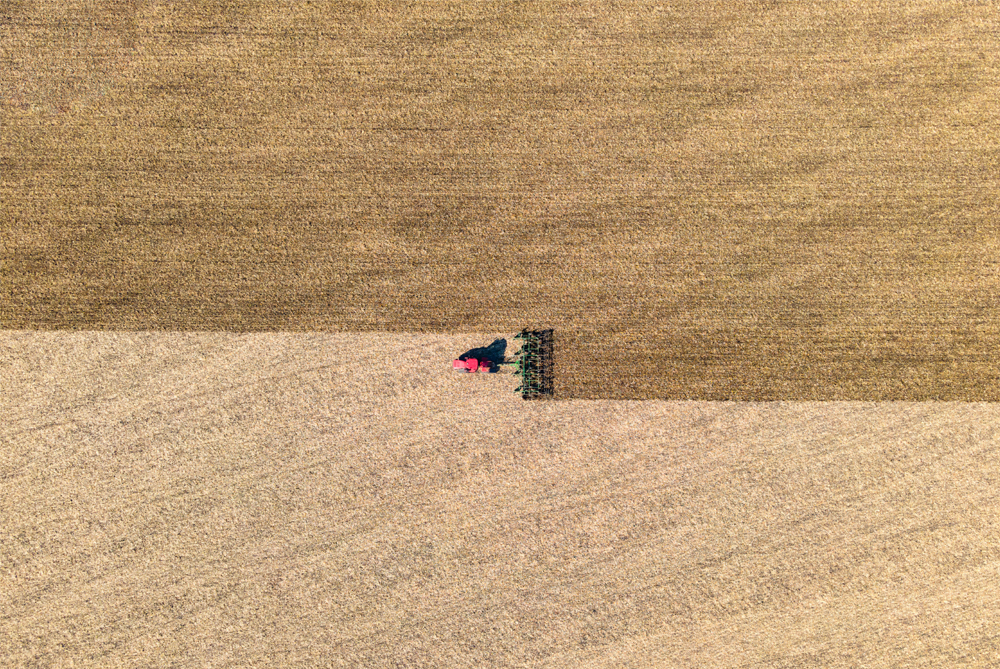
Broadacre Farming
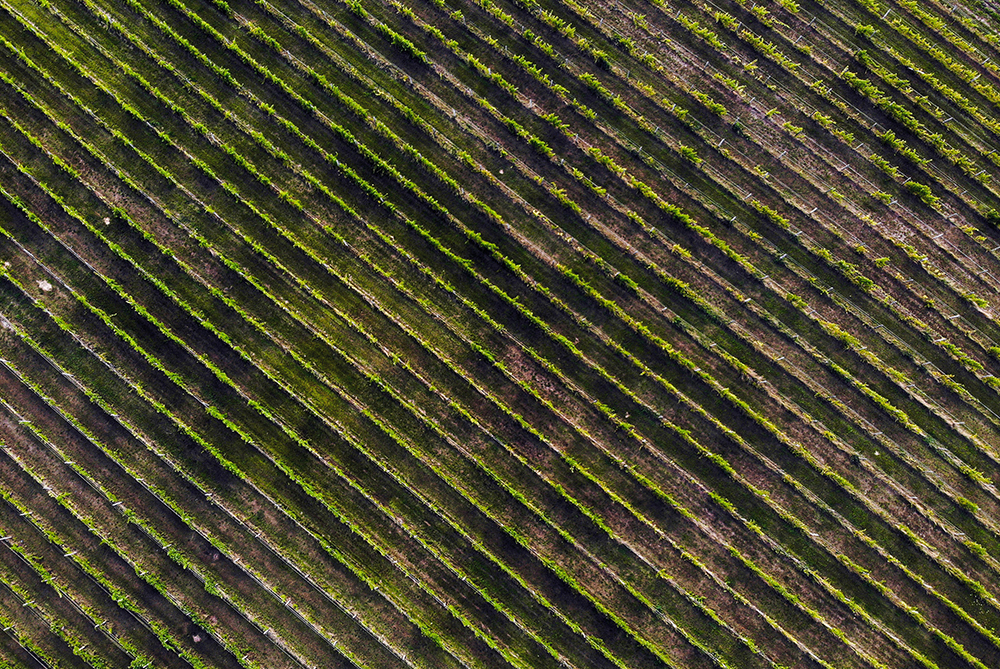
Orchards & Vineyards
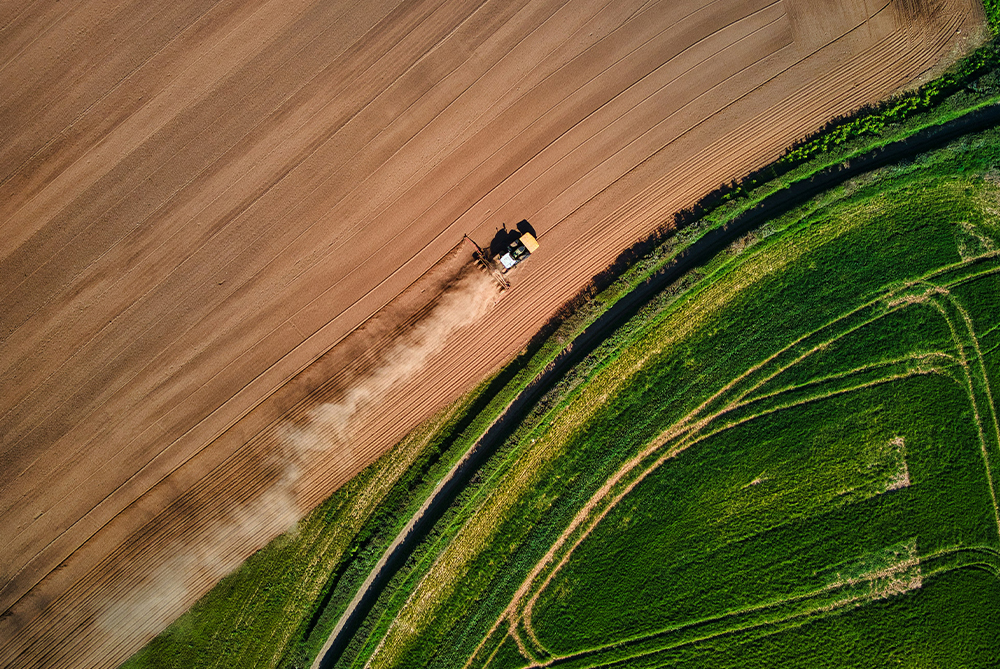
Regenerative Agriculture
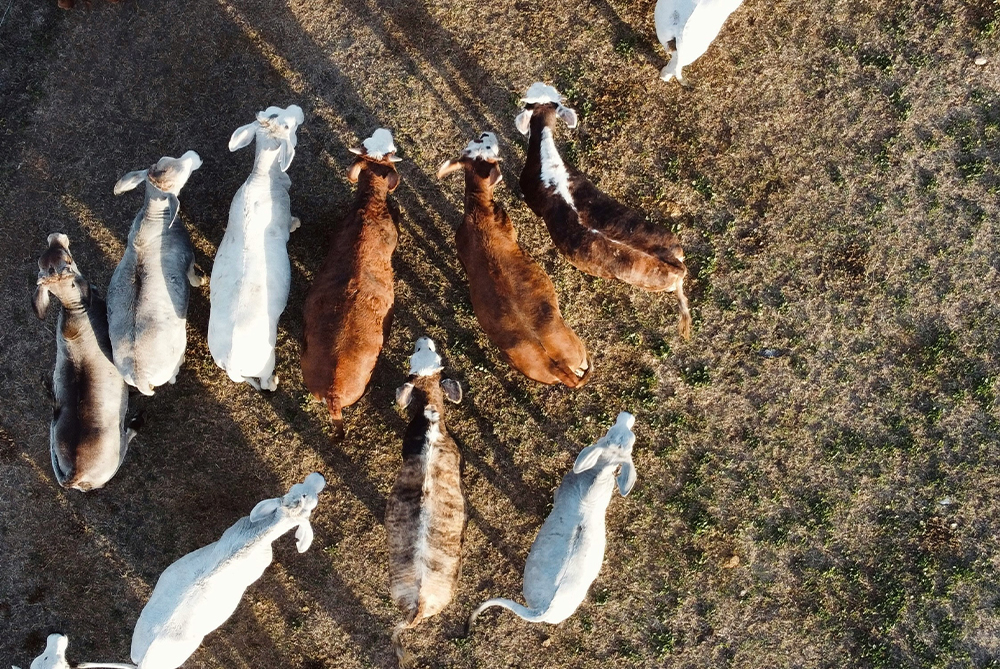
Pasture & Livestock Management
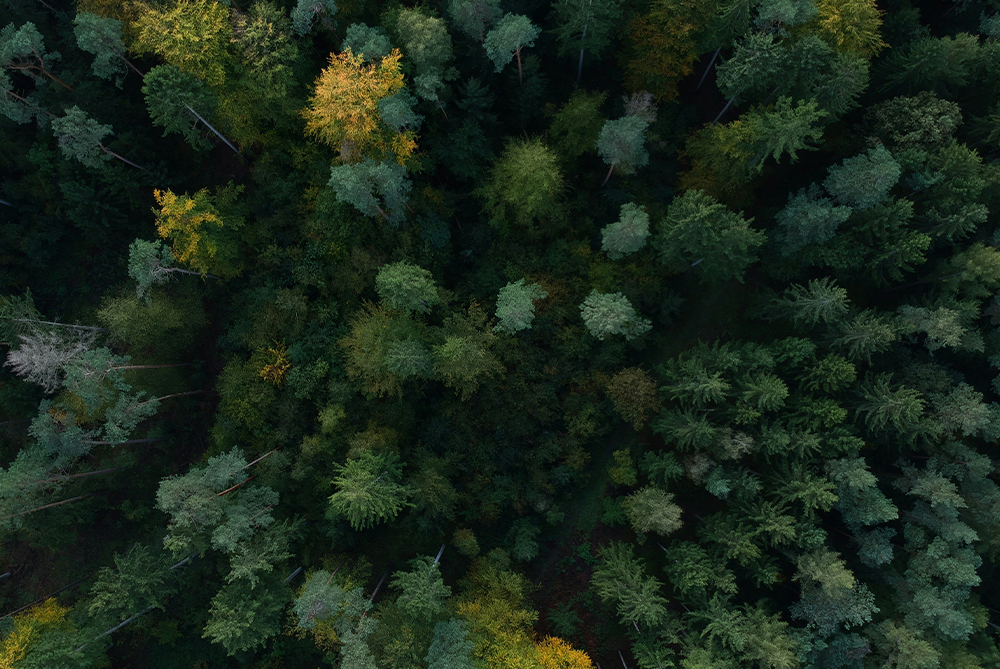
Forestry & Revegetation
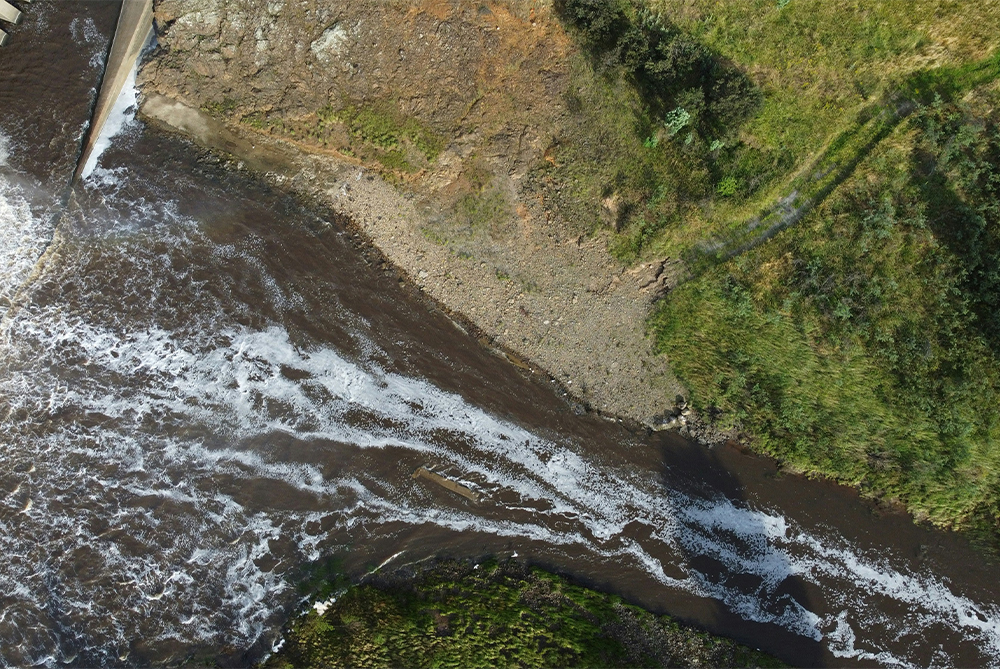
Aquaculture
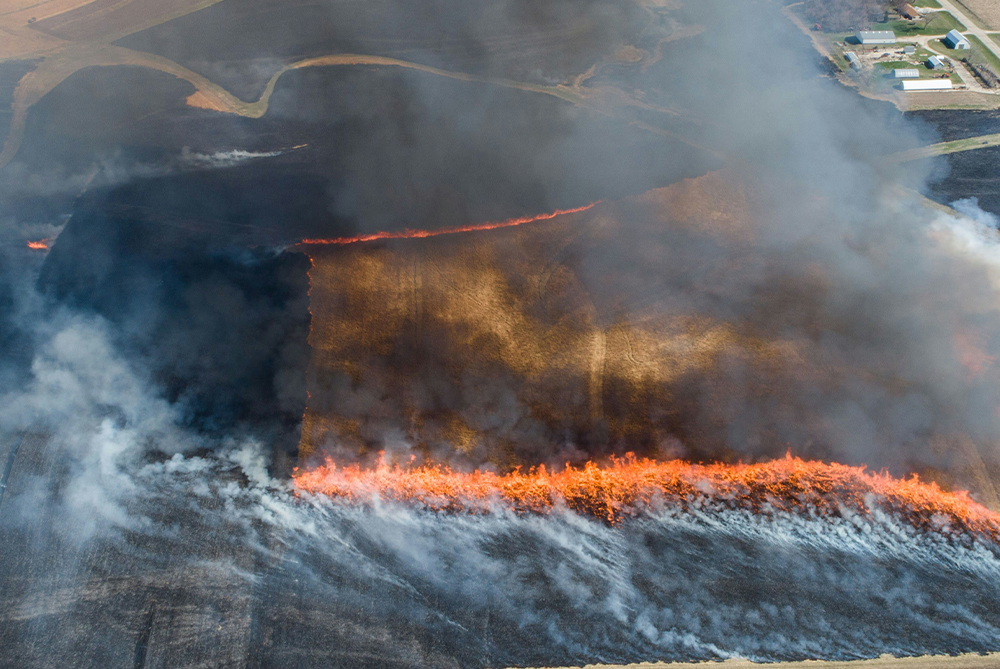
Fire & Land Management
[1] Measured at sea level, DJI Agriculture App intelligently recommends the appropriate loading weight based on the current status of the aircraft, environmental conditions, and operational tasks. Users are advised not to exceed the recommended maximum weight of the loaded granulars, may impact flight safety.When using in Australia, please follow local regulations and keep the maximum takeoff weight at 149.9kg.
[2] The effective sensing range and its ability to avoid and bypass obstacles will vary depending on the ambient light, rain, fog, and the material, position, shape, and other properties of the obstacles. Downward sensing is used to assist in Terrain Following flight and altitude stabilization, while other directions assist with obstacle avoidance. Any collision between the bottom of the aircraft and obstacles shall be the customer's responsibility. In scenarios without linear obstacles, if a collision occurs at speeds up to 13.8 m/s resulting in aircraft damage, responsibility can be determined through log analysis, and the aircraft may be eligible for free warranty if non-human causes are identified. If there are linear obstacles like wires or guy wires on utility poles, please mark them as obstacles; otherwise, failure to bypass them will be the customer's responsibility.
- Note 1. Downward sensing assists in Terrain Following flight. If the bottom collides with obstacles, it is considered user responsibility. - Note 2. Due to limitations in safety system performance, the aircraft cannot automatically avoid moving objects, and accidents of this nature will be attributed to user responsibility.
[3] Different granular densities vary, and the maximum load should not exceed 100 kilograms.
[4] Measured with compound fertilizer. The maximum flow rate may vary due to differences in granule size, density, and surface smoothness of different fertilizers.
[5] A weight of 100 kg is measured below the triaxial force sensor (including the weight of the sling, and hook). Data was measured at sea level. The DJI Agras app will recommend the payload weight according to the current status and surroundings of the aircraft. When adding materials, the maximum weight should not exceed the recommended value, otherwise flight safety may be compromised. Users must comply with local regulations during operation.
[6] The actual operation speed of the drone is related to the terrain slope; the steeper the slope, the lower the operation speed. The maximum operating speed varies by country and operational mode, and is subject to local regulations and the actual firmware version.
[7] Compared to the Agras T50 drone and its supporting equipment. Test results may vary based on different testing conditions.
[8] The effective spray width of the spraying system depends on the actual working scenario.
[9] The droplet diameter is measured by a laser particle size analyzer, with a 50-micron diameter using the DV50 standard.
[10] Measured at an operating height of 3 meters with a spinning disc speed of 1,100 r/min and a uniformity requirement of CV < 30%. Higher disc speeds and flight altitudes increase the spreading width.
[11] Suitable for granulars ranging from 0.5 to 10 mm in size. Clumps, straw, woven bags, and impurities, as well as humidity, density, hardness, and shape, can affect spreading adaptability and precision.
[12] To ensure the radar's sensing performance is fully utilized, make sure the radar surface is clean before operation. If necessary, wipe and clean it.
[13] Night Navigation Light is only for spraying and spreading payloads.
[14] AR safety assistance features serve only as supplementary hints; operators must confirm the surrounding environment's safety during operation. Detection performance of sensors such as quad-vision and FPV cameras may vary depending on the ambient light, rain, fog, and the material, position, shape, and other properties of the obstacles.
[15] Compared to the Agras T50 drone during field spraying operations. Test results may vary based on different testing conditions.
[16] Mapping operation needs to work with RTK.
[17] The mapping area refers to the area enclosed by the flight path. Single-flight mapping area is affected by firmware version, starting charge level, mapping type, altitude, wind conditions, field shape, slope, etc. The mapping must be conducted with no payload.
[18] Mapping time for the remote controller depends on firmware version, survey type, and other variables.
[19] Batteries are covered by warranty for up to 1,500 charging cycles or 12 months, whichever ends first.
[20] The output power of the charging station may be affected by altitude and fuel quality.
[21] Power output may vary due to local grid factors such as distance, wire material, and diameter.
[22] When using the C10000 Intelligent Power Supply to charge DB1580 and DB2160 intelligent flight batteries, it requires an adapter cable.
[23] Measured by laser particle size analyzer, a 50-micron diameter using the DV75 standard.
[24] Different granulars have different densities, the maximum load cannot exceed 70 kilograms.
[25] A weight of 65 kg is measured below the triaxial force sensor (including the weight of the sling, and hook). Data was measured at sea level. The DJI Agras app will recommend the payload weight according to the current status and surroundings of the aircraft. When adding materials, the maximum weight should not exceed the recommended value, otherwise flight safety may be compromised. Users must comply with local regulations during operation.
[26] Different granulars have different densities, the maximum load cannot exceed 25 kilograms.
[27] Compared to the T50 agricultural drone and its associated equipment, the operational speed was 13.8 m/s during the test. Overall efficiency conclusions may vary under different testing conditions.
[28] A weight of 80 kg is measured below the triaxial force sensor (including the weight of the sling, and hook). Data was measured at sea level. The DJI Agras app will recommend the payload weight according to the current status and surroundings of the aircraft. When adding materials, the maximum weight should not exceed the recommended value, otherwise flight safety may be compromised. Users must comply with local regulations during operation.
[29]Linear obstacle detection only supports spraying and spreading payloads.



